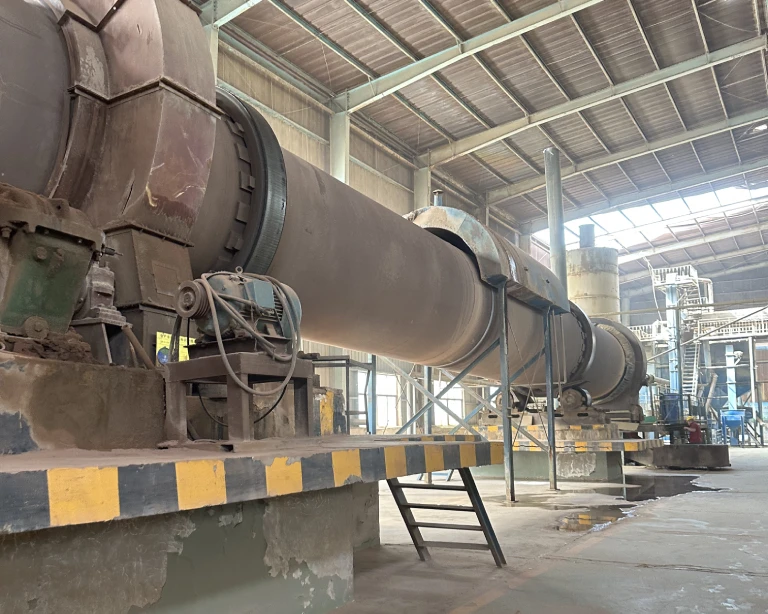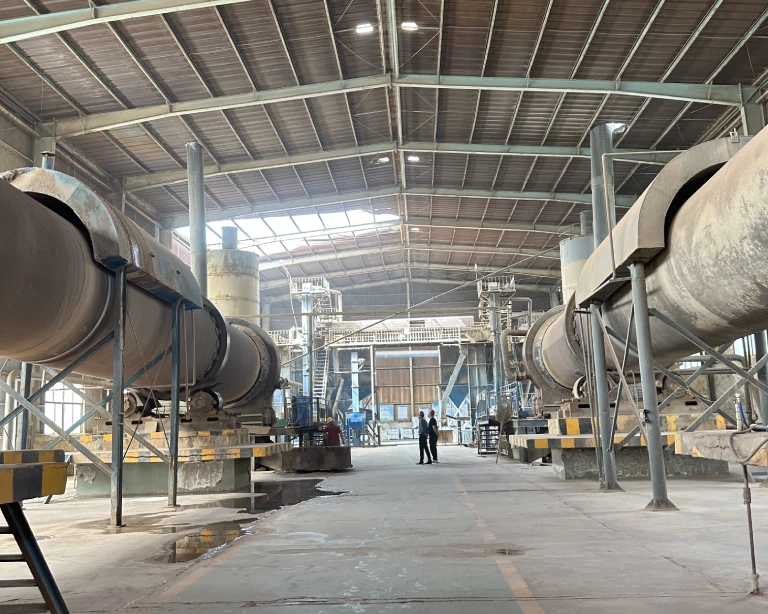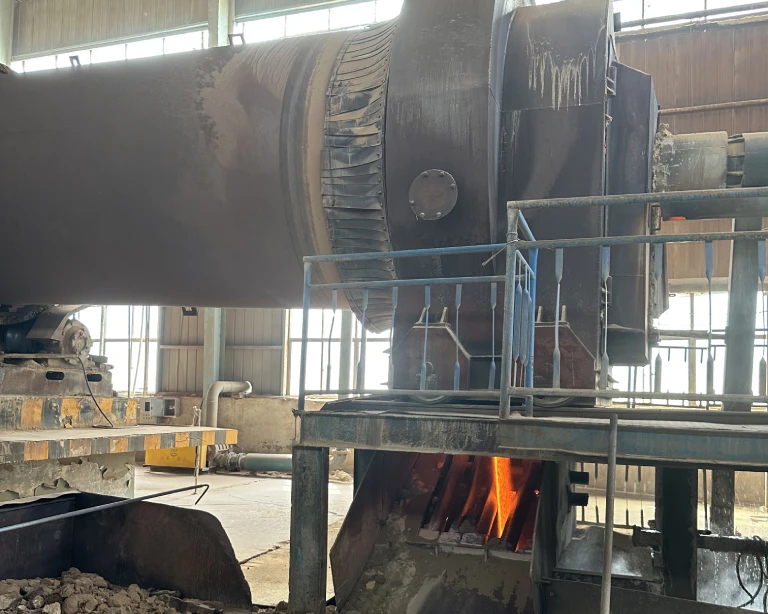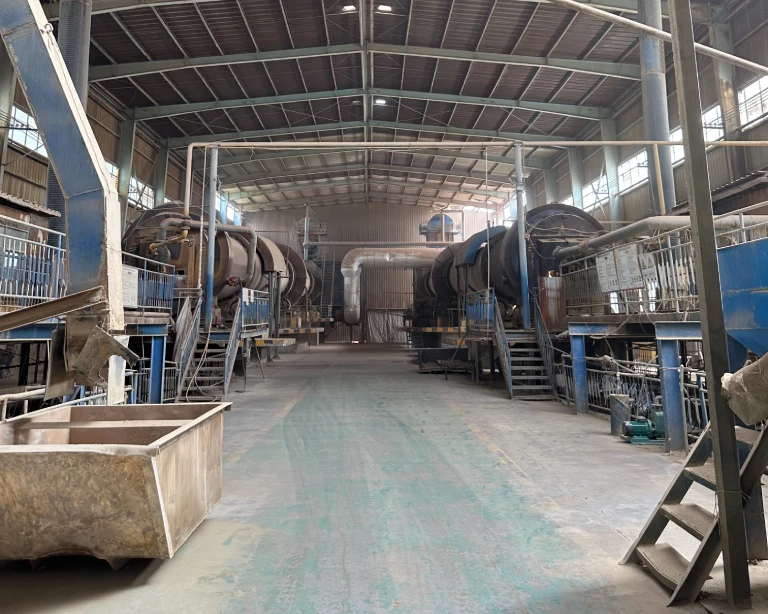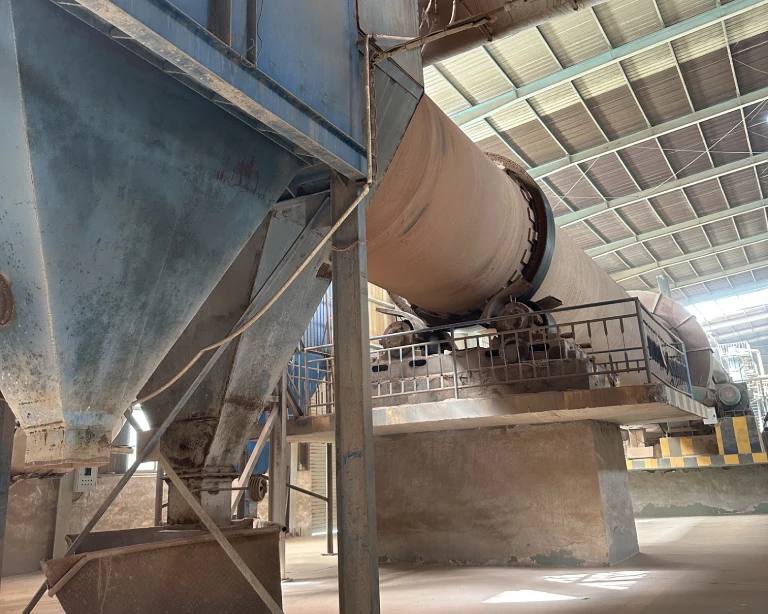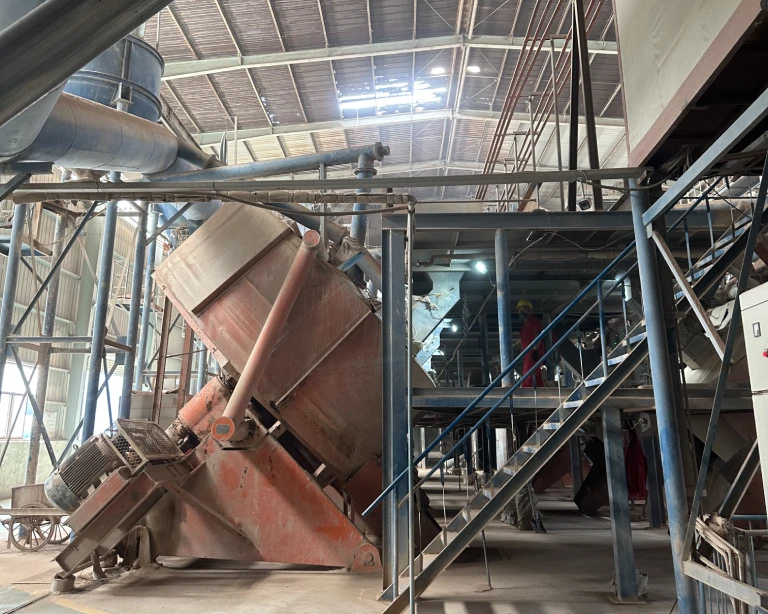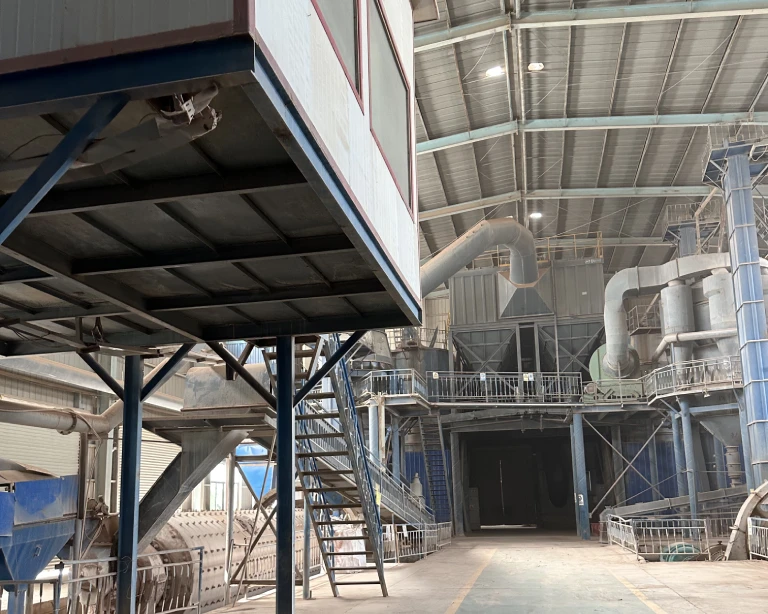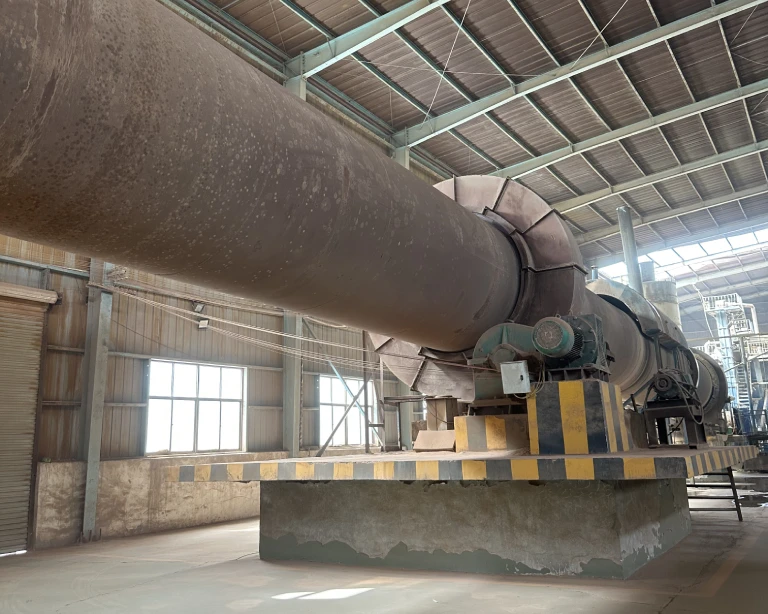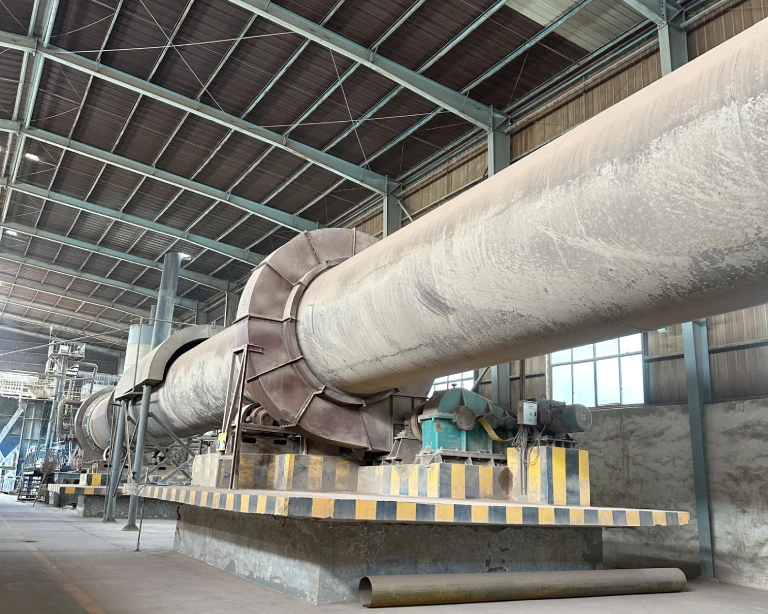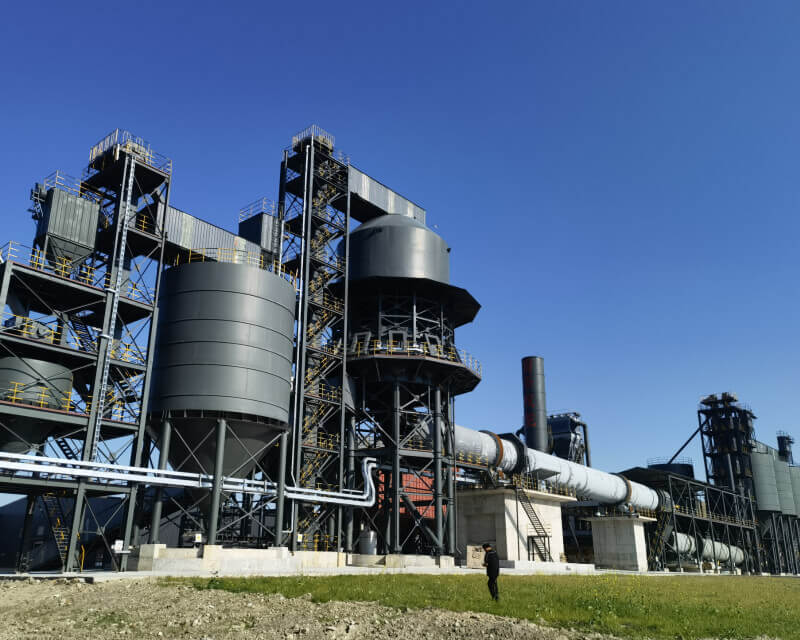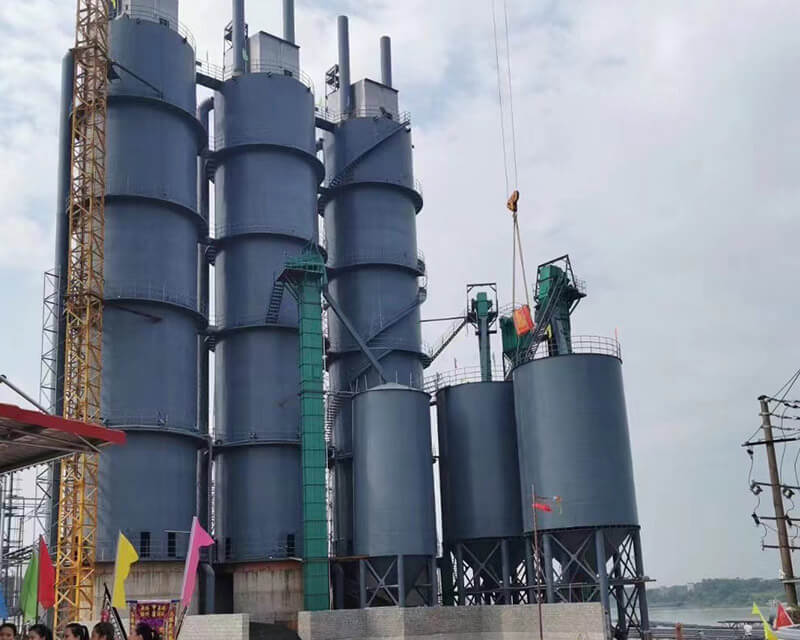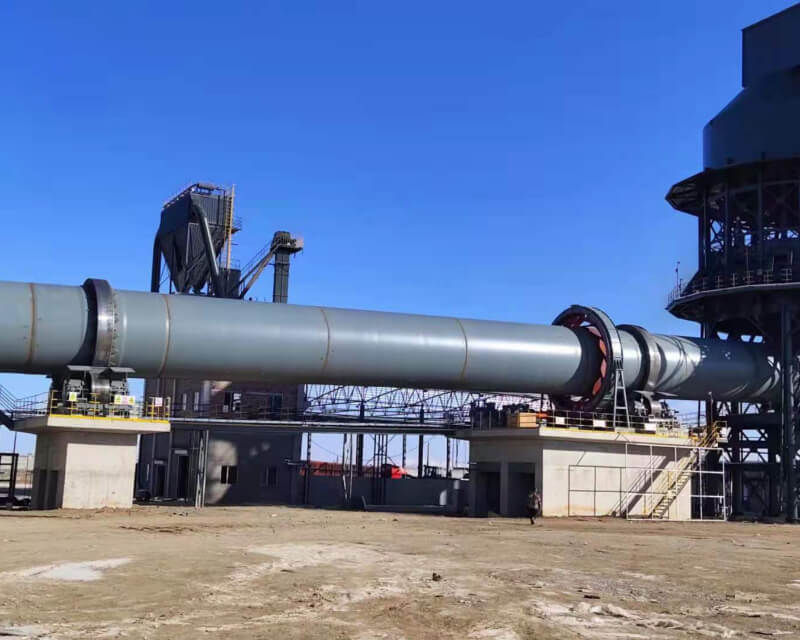Product Introduction: Production Process Flow
1. Raw Material Preparation and Preprocessing
The raw materials for petroleum proppant ceramic sand typically include bauxite, kaolin, fly ash, clay, and other silicon-aluminum-rich minerals, with a small amount of flux and binder sometimes added.
Crushing and Grinding: Blocky raw materials need to be coarsely crushed and finely crushed using jaw crushers, hammer crushers, etc., and then enter ball mills or vertical mills for ultrafine grinding to turn them into fine powder. The finer the material particle size, the more favorable it is for subsequent uniform mixing and sintering reactions.
Batching: The proportions of different raw materials are precisely calculated according to the performance requirements of the target ceramic sand (such as strength, density, etc.).
Mixing: The various ground raw material powders are uniformly mixed in mixing equipment to ensure an even distribution of material components.
2. Pelletizing
The uniformly mixed wet material is formed into spherical green balls within a certain particle size range by a pelletizer. The pelletized green balls are then screened through a drum screen or vibrating screen, sending the balls that meet the particle size requirements to the next process, while oversized or undersized particles are returned for re-pelletizing.
Drying/Preheating: Newly formed green balls contain a high moisture content. To prevent cracking during the high-temperature calcination process in the rotary kiln due to rapid evaporation of moisture, the green balls need to be dried and preheated in a dryer or preheating furnace to remove most of the moisture and increase the strength of the green balls.
3. Rotary Kiln Sintering
This is the core process of ceramic sand production, where high-temperature calcination and phase transformation of materials are completed in the rotary kiln. The dried and preheated green balls are fed into the inclined and slowly rotating rotary kiln by conveying equipment. Inside the rotary kiln, the materials gradually move from the kiln head to the kiln tail with the rotation and inclination of the kiln body, undergoing several stages of heating, high-temperature sintering, and cooling.
4. Post-Processing
The cooled ceramic sand may contain a small amount of agglomerates or irregular particles, which need to be lightly crushed by a crusher and then accurately screened through multi-layer vibrating screens, classified according to different particle sizes (such as 20/40 mesh, 30/50 mesh, 40/70 mesh, etc.).
Product Advantages: Key Performance and Functions
The performance of petroleum proppant ceramic sand directly affects oil and gas extraction efficiency, and its main performance requirements include:
01
High Compressive Strength: In high-temperature and high-pressure environments in the formation, the proppant must withstand enormous closure stress without being crushed to maintain the flow capacity of the fractures.
02
Good Sphericity and Roundness: Particles with high sphericity have a large porosity when stacked, which is beneficial for fluid passage and improves flow capacity. At the same time, spherical particles have low friction during injection, making them less likely to clog.
03
Low Crushing Rate: Crushing of proppants under high pressure can lead to the generation of fine powders, which can clog fractures and reduce flow capacity.
04
Low Density: This helps the proppant to remain suspended in the fracturing fluid and be transported over long distances, reducing sedimentation.
Acid and alkali corrosion resistance: The formation environment is complex, and the proppant needs to have good corrosion resistance.
05
Conductivity: Measures the ability of the proppant to allow fluid to flow through after supporting the fracture.
